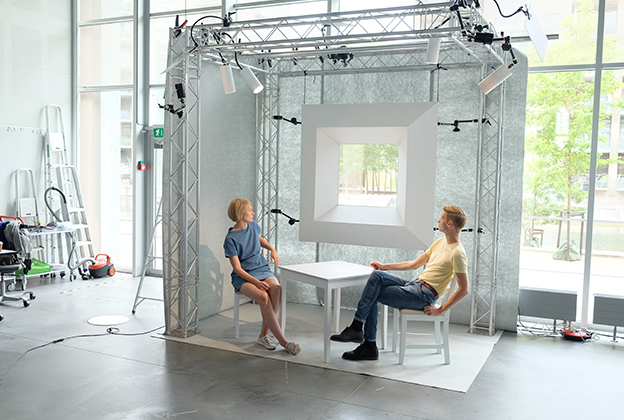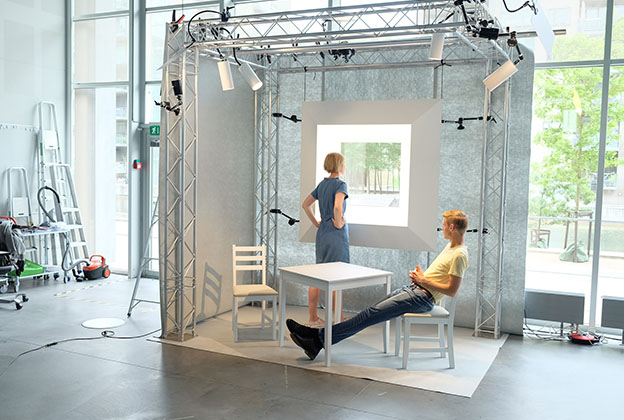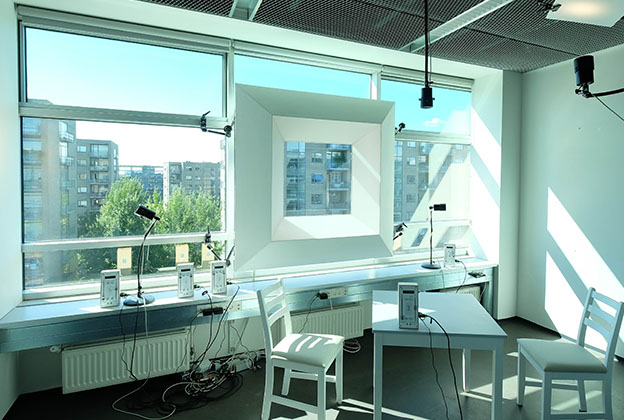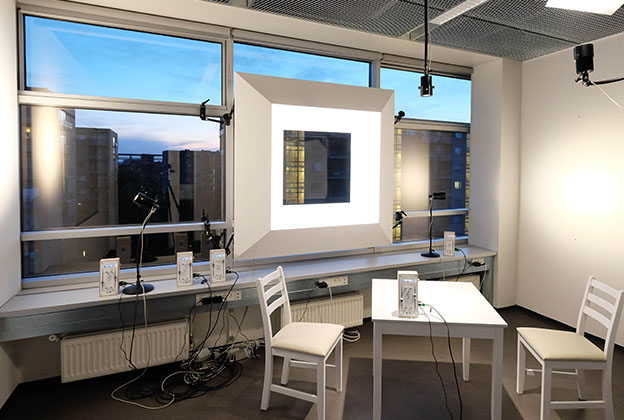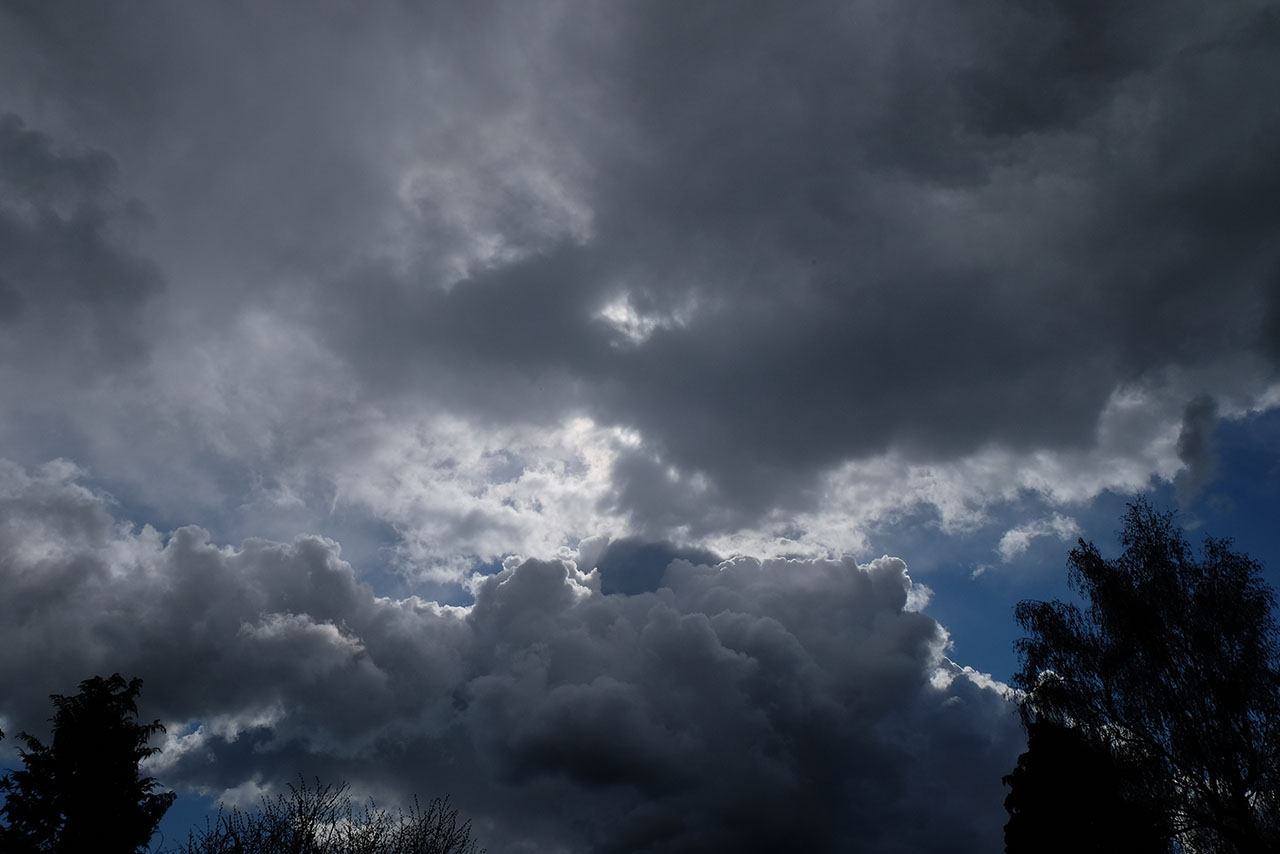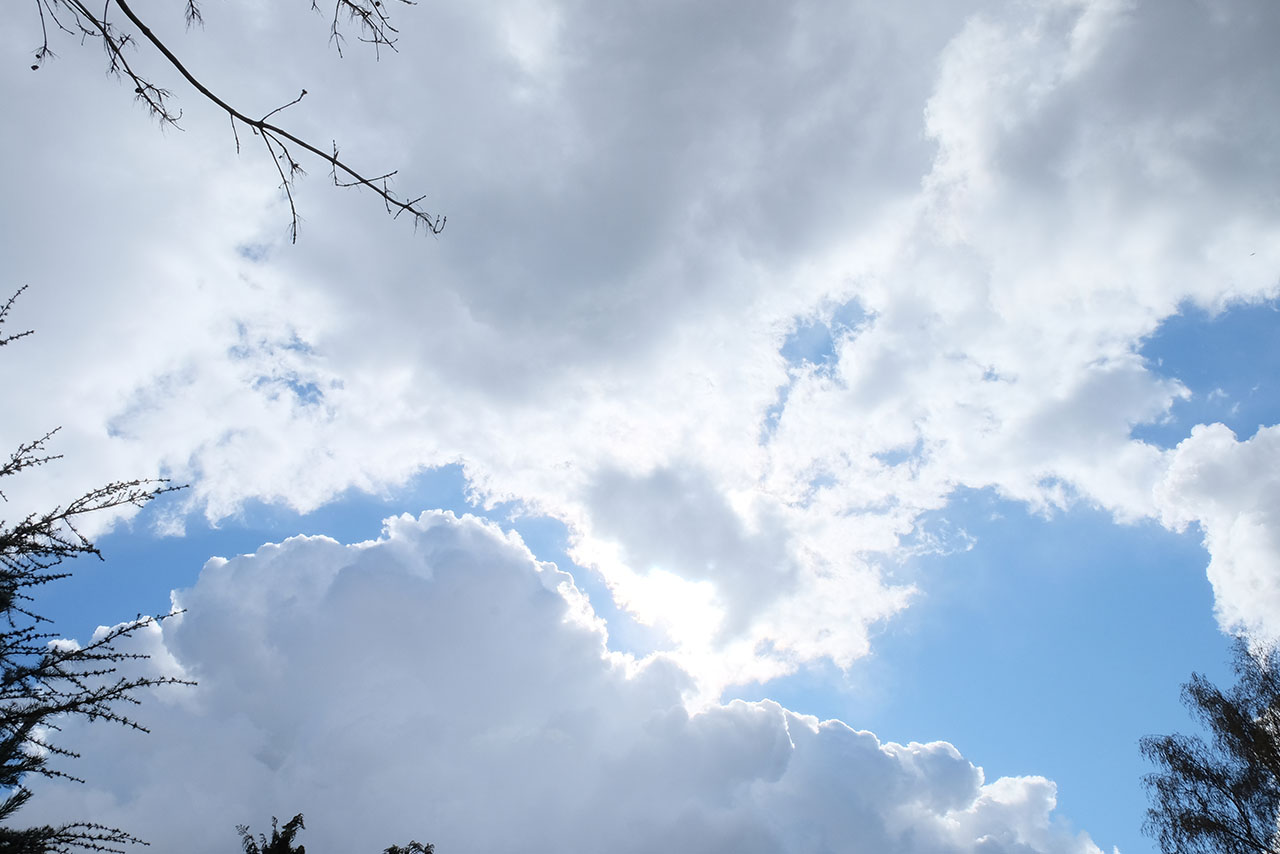
How to increase lighting quality and lower energy consumption
Yes! You can eat the cake and have it too… New research from the IT University in Copenhagen suggests that investing in high quality lighting can actually lower your energy consumption.
During the 21st century, reducing energy consumption and cutting costs have been the common priority, says Kjell Yngve Petersen, Head of Research, Atelier KHR Architecture, and previously associate professor at the IT University at Copenhagen.
”In research and development, there has been a primary focus on energy optimization using lighting control to meet the regulations of existing standards. Provided that the lighting design has fulfilled the requirements regarding light levels and glare, everyone’s been happy.”
The development has also been characterized by the general attitude that increased lighting quality requires higher lighting levels, leading to higher energy consumption and thus should become far too expensive.
”We wanted to prove that this is not the case. Today we know that access to good and stimulating light is crucial for how humans feel and perform in their daily lives. With access to new technology and light sources it really shouldn’t be any problem to fulfil these needs.”
The prize-winning study (it has already been awarded ‘best research project 2018’ by Danish research organization Elforsk) Energy optimization through adaptive lighting control and was conducted by Kjell Yngve Petersen and Phd Nina Rask in 2017 in collaboration with a range of research and industry partners; Spektra LED, Det Kongelige Danske Kunstakademis Skoler for Arkitektur, Design og Konservering, CreaSign, Grontmij and Kongshaug & Søn. It shows that a combination of LED-lighting and generative software can provide better lighting without increasing the energy costs. Used in the right way, possibly in combination with renewable energy sources, it can actually reduce energy consumption and contribute to a sustainable society – from an environmental and a human perspective.
”Light weather”
The dynamics of daylight is an important factor to human well-being. Our biology is designed to thrive from the constant changes in the daylights’ intensity and colour – sometimes barely noticeable – that Kjell Yngve Petersen describes as ”light weather”.
”With LED-technology and proper software it is possible to design lighting solutions with daylight as a model. We developed a self-generative software that mimics the natural light with small dynamic changes in speed, intensity and colour.”
The software was implemented in two different test environments in form of full scale architectonical mock ups. In the different tests, the subjects carried out various tasks related to everyday life and office work, responding to the light experience.
Compatible with renewable energy
The tests have resulted in prototypes that can be used to create lighting environments that react to the different changes in daylight and supports the different tasks of people’s daily lives.
”The study confirmed our theory that adaptive lighting control systems can actually lead to improved lighting quality with the possibility to lower energy costs. The algorithms of the software are well fit to take advantage of the irregularities that come with the production of renewable energy, such as wind. The adaptive software can follow the fluctuation of the energy production and use the peaks to initiate the fluctuation of the ‘light weather’ in a cost-effective way”, explains Kjell Yngve Petersen.
 "It is important to state that this is not about the technology – it’s all about the human lighting experience." Kjell Yngve Petersen, Associate Professor at ITU Denmark
"It is important to state that this is not about the technology – it’s all about the human lighting experience." Kjell Yngve Petersen, Associate Professor at ITU Denmark
Open source software
The next step is to evaluate the developed models in different real-life settings.
”It’s realistic to think that it should be possible to scale up this technology for more complex environments, like entire residential quarters, office buildings, schools and hospitals – implementing the benefits for humans and environment in a larger scale.”
The software developed for the research project is open source, Kjell Yngve Petersen explains, and is available for the industry's various stakeholders to use.
”Our wish is to help lighting designers create intelligent and easily operated high quality lighting designs based on individual preferences. It is important to state that this is not about the technology – it’s all about the human lighting experience. Lighting design should not be something that people have to adapt to. The light design should adapt to the people and support us in our daily lives!”
TEKST AMELIE BERGMAN
FOTO KJELL YNGVE PETERSEN
Gerelateerd nieuws

Het flexibele kantoor – een langetermijninvestering voor vastgoedeigenaren
Als vastgoedeigenaar is het voldoen aan de behoeften van huurders en het opzetten van duurzaam en soepel beheer vaak een complexe opgave. Met Control Track Versa worden nieuwe en duurzame mogelijkheden gecreëerd om het proces te stroomlijnen en huurders goede verlichting te bieden. Petter Berg werkt met pre-sales voor uitgebreide vastgoedprojecten bij Fagerhult in Oslo. Discussies met klanten en prominentere vastgoedeigenaren draaien vaak om het probleem van het voldoen aan meerdere belangen, zowel tijdens het bouwproces als nadat de huurders zijn ingetrokken. “De belangen van de verschillende betrokkenen botsen vaak ten koste van de verlichtingskwaliteit. En dan is niemand tevreden over het proces of het resultaat”, zegt Petter Berg, Lighting Adviser Manager bij Fagerhult. Petter Berg quote Petter Berg heeft de ontwikkeling van Control Track Versa nauwlettend gevolgd en ziet toekomstige kansen voor vastgoedeigenaren. Vooral zij die zich actief met hergebruik en duurzaamheid bezighouden en aantrekkelijke omgevingen willen creëren voor bestaande en toekomstige huurders, kunnen snel winstgevendheid bereiken in grotere projecten. “Het is een enorm duurzaamheidsvoordeel om als vastgoedeigenaar huurders een goede verlichting te kunnen bieden zonder het hele systeem te hoeven vervangen wanneer iemand verhuist. Met Control Track Versa kan elk armatuur gedurende de gehele levenscyclus worden hergebruikt. Daarnaast kan de rail zelf een nieuwe vorm krijgen als het kantoor van ontwerp verandert.” Eigenaren van onroerend goed kunnen profiteren van de voordelen van Control Track Versa tijdens de bouw. De rail kan eerder tijdens de bouw worden geïnstalleerd en is volledig onafhankelijk van de toekomstige meubels en de armaturen die de huurder kiest. “Het feit dat de installatie in principe op elk moment kan worden uitgevoerd en niet afhankelijk is van het opruimen van bouwstof in het pand of dat het plaatsvindt vlak voordat het pand gereed is, maakt een groot verschil. Het is een ingenieuze manier om tijd te winnen”, zegt Petter Berg. Collage three rooms - same Versa solution Tegelijkertijd kunnen installaties worden geplaatst in vaste omgevingen zoals gangen, liften, toiletten en openbare ruimtes die niet worden beïnvloed door de keuzes van de huurders. Met minder installatiepunten verloopt de installatie ook sneller en eenvoudiger. “De rail heeft een flexibel 230V-systeem, dus er zijn geen kabelladders of extra bedrading nodig. Dit maakt Control Track Versa ook zeer geschikt voor open plafonds. Omdat het volledig onafhankelijk is, is het systeem ook toekomstbestendig. Elk armatuur kan worden aangevuld met een sensor voor slimme verlichtingsregeling.” Volgens Petter Berg overbrugt Control Track Versa de kloof tussen elektrotechnisch adviseurs en interieurontwerpers. Het is voor hem duidelijk dat de rail zeer nuttig kan zijn bij grotere bouwprojecten waar veel onderdelen op elkaar aan moeten sluiten. “Wanneer we samenwerken, pakt dat vaak heel goed uit. Het is duidelijk dat er een partij nodig is die de ontwikkelaar, elektrotechnisch adviseur en interieurontwerper verbindt, en dat is waar Control Track Versa nu een belangrijke rol speelt voor ons bij Fagerhult.”
